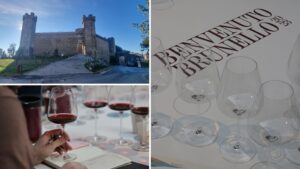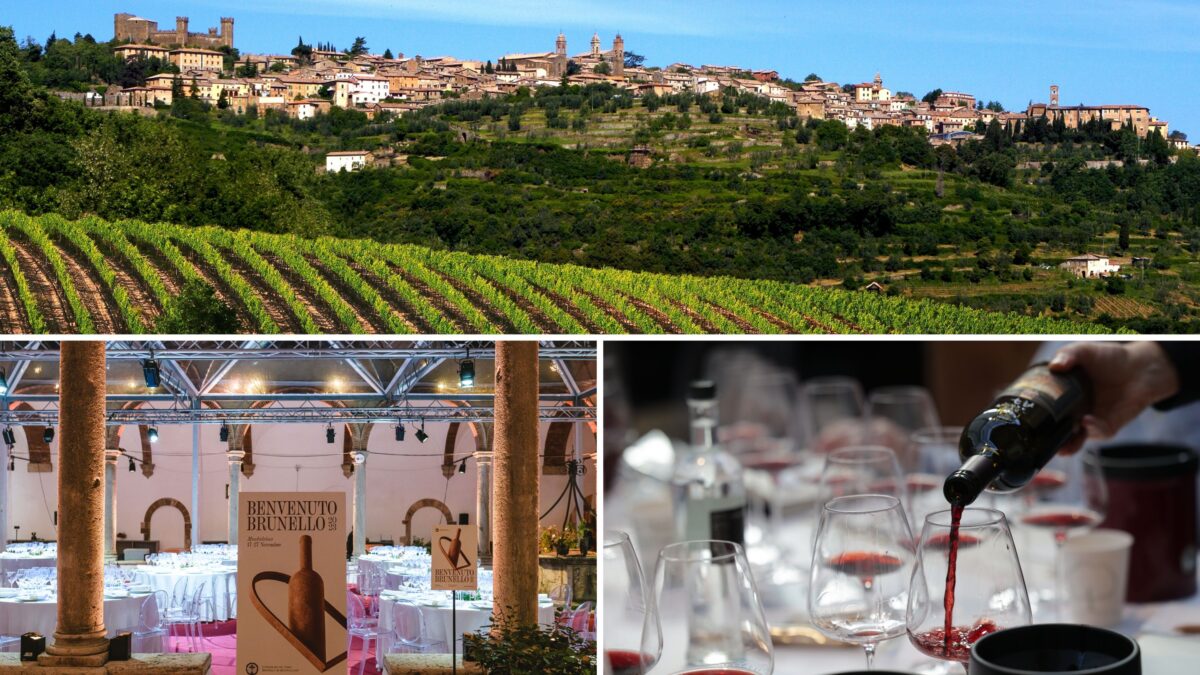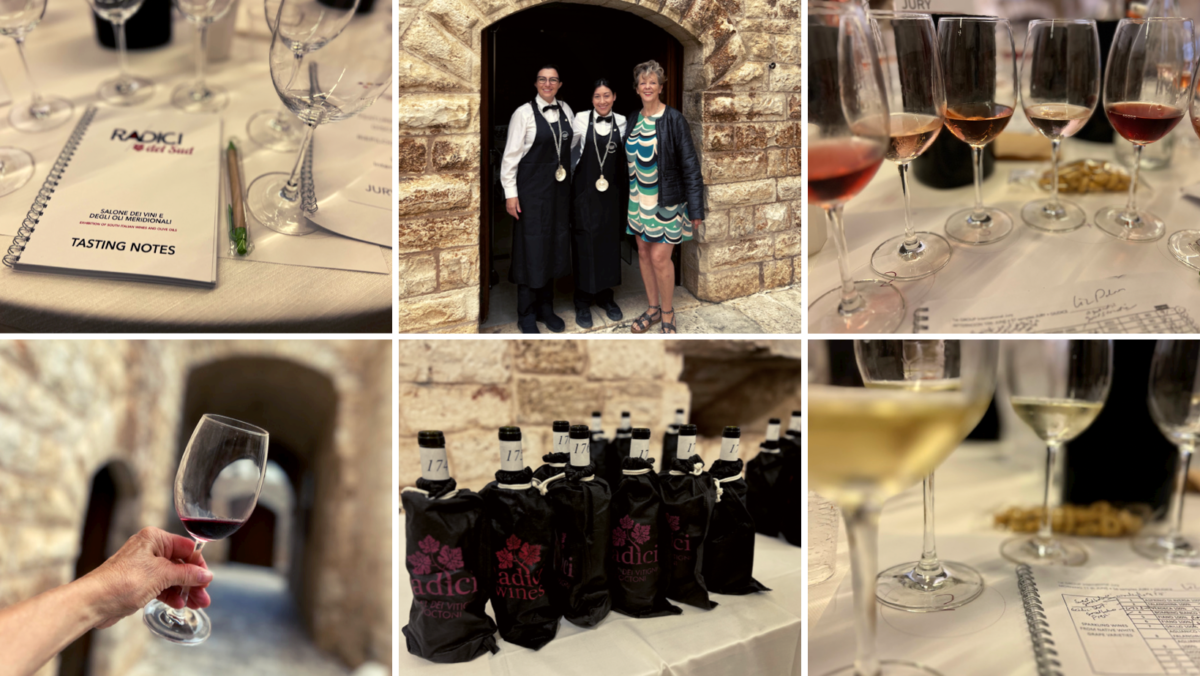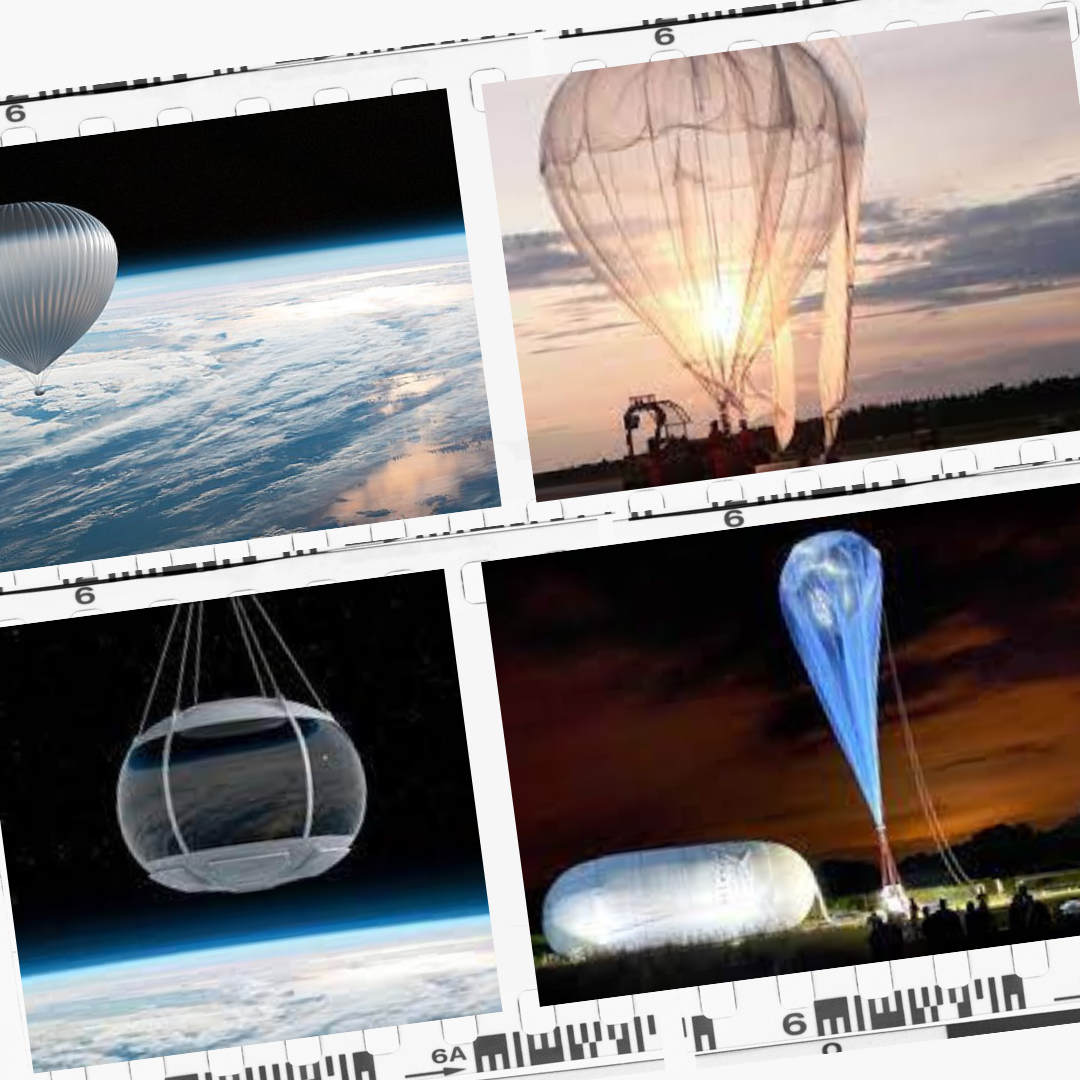On November 28th wine enthusiasts and professionals in nine key cities worldwide gathered to celebrate Brunello Day. London, New York, Dallas, Miami, Toronto, Vancouver, Zurich, Shanghai, and Tokyo all raised their glasses in honor of Brunello di Montalcino, the iconic elixir of Tuscany. This celebration is in fact the culmination of a 10-day event called Benvenuto Brunello, organized by the Brunello di Montalcino Consortium. Although Brunello Day is just a couple years old, this was Benvenuto Brunello’s 32nd edition and marked the release of the 2018 and 2019 vintages represented by 118 producers and 310 labels. These wines were evaluated by 90 Italian and international journalists and trade professionals, several of which were hand-picked by the Vinitaly International Academy, now supported by the Brunello Consortium.
During the inaugural weekend the 2023 vintage was presented and the 32nd Leccio d’Oro prize was awarded to five restaurants and wine retailers with an exceptional list of Montalcino wines: Ristorante Veranda at the Hotel Villa d’Este in Cernobbio, The Sistina restaurant in New York, The Il Quadrifoglio in Asti, The Berry Bros. & Rudd in London and the Osteria Il Bargello in Siena which also owns the Salotto del Vino, a wine bar and shop with nearly 100 Montalcino wines served by the glass.
A Story of Visionaries – The Rise of Brunello
After almost 50 years since its DOCG status, Brunello di Montalcino wines continue to grow in popularity and gain market share worldwide. To truly understand why, one must delve into its intriguing history. Montalcino was a very important stop of the Via Francigena, a road that ran from England to Rome and, therefore, it welcomed and hosted important men of power, nobles, politicians and popes. The great wines of Montalcino were crafted to satisfy the illustrious visitors who were traveling to reach the Eternal City, and that’s why the hamlet has displayed absolute quality winemaking for centuries.
The modern success of Brunello di Montalcino started in the late 19th century and is intertwined with the vision and passion of a few key figures who recognized the potential of the Sangiovese grape in a unique terroir. One such visionary was Ferruccio Biondi-Santi, a winemaker from the Montalcino region who experimented with the Sangiovese grape, selecting superior clones and implementing innovative winemaking techniques. He was one of the first to introduce the practice of aging Brunello di Montalcino in large oak casks for an extended period.
This patient aging process proved to be the key to unlocking the full potential of the Sangiovese grape. Over time, the wine developed a deep, complex character with earthy aromas, intense dark fruit flavors, and an impressive ability to age gracefully. Biondi-Santi’s wines gained recognition and set the standard for what Brunello di Montalcino would become.
As the reputation of Biondi-Santi’s Brunello spread, other winemakers in the Montalcino region started to adopt similar winemaking practices. In 1966, Brunello di Montalcino was first recognized as a Denominazione di Origine Controllata (DOC) and in 1980 it was granted the highest classification in Italian wine, Denominazione di Origine Controllata e Garantita (DOCG). This prestigious recognition solidified Brunello di Montalcino’s status as one of Italy’s most exceptional and iconic wines.
The Sangiovese Grape – A Match Made in Montalcino
The secret behind the exceptional character of Brunello di Montalcino lies in its main grape variety – Sangiovese. This indigenous grape has been cultivated in Tuscany for centuries, and although it is Italy’s most widely planted black grape variety, many would agree that it finds its ultimate expression in the hilly vineyards of Montalcino.
The name “Sangiovese” is derived from the Latin words “sanguis Jovis” meaning “blood of Jove,” reflecting the grape’s deep red color. It is known by other names too such as Brunello and Sangiovese Grosso. The grape has a remarkable ability to express itself in a range of styles, from light and fruity to full-bodied and complex. Sangiovese is known for its distinctive aromas, lively acidity and tannic backbone. Closely associated with Sangiovese are fragrances of cherries – both fresh and dried – as well as ripe strawberries and plums that often intertwine with appealing herbal nuances like thyme, oregano, and sweet tobacco. This flavor profile captures beautifully the essence of the Tuscan terroir. Its vibrant and refreshing acidity preserves the wine’s balance, enhances its food pairing versatility and contributes to the wine’s aging potential, enabling it to develop complexity and maintain freshness over time.
Sangiovese wines often exhibit a pronounced tannic structure, delivering a firm and grippy texture that can be attributed to both the grape variety and the extended skin contact during fermentation. These tannins not only contribute to the wine’s structure but also bestow it with excellent aging potential. With time, the tannins soften, allowing the wine to evolve and develop greater complexity while retaining its inherent elegance. This is why the Brunello di Montalcino DOCG requires a minimum of 4 years aging, including 2 years in barrel and 4 months in bottle. The Riserva takes another year of aging which includes an additional 2 months in bottle.

The Terroir of Montalcino – A Sublime Expression of Complexity
The terroir of Montalcino is a tapestry of diverse microclimates, soils, and altitudes that contribute to the distinctive character of Brunello di Montalcino.
The vineyards of Montalcino are nestled on slopes and plateaus at varying elevations, ranging from 250 to 600 meters above sea level. This diverse topography results in different microclimates within the region, allowing winemakers the opportunity to express different facets of the Sangiovese grape.
The soils in Montalcino are rich and varied, giving Brunello di Montalcino its multifaceted personality. The northern region of Montalcino has soils dominated by limestone and shale, bringing finesse and elegance to the wines. In the central part, clay and marl prevail, imparting structure and depth. In the southern areas, volcanic soils contribute to wines with power and intensity.
The climate of Montalcino plays a crucial role in the ripening of the grapes. Summers are warm and dry, while winters are mild, providing the perfect balance of sun and rainfall. The significant diurnal temperature variation during the growing season helps to retain the grapes’ natural acidity, resulting in wines with vibrant freshness.
These factors, combined with the expertise and dedication of the winemakers, shape the flavor profile of Brunello di Montalcino. The wines are characterized by their remarkable complexity, intense aromas, lively acidity, and structured tannins that contribute to their exceptional aging potential.
Preserving Tradition, Embracing Innovation – The Future of Brunello di Montalcino
While rooted in centuries-old traditions, the producers of Brunello di Montalcino embrace innovation and strive for excellence in their winemaking practices. In recent years, there has been a greater emphasis on sustainable viticulture and organic farming methods. Many wineries in Montalcino have adopted practices that respect the environment, ensuring a healthy balance between vineyard management and the preservation of the unique terroir. Over half of them are now certified organic.
Modern winemaking techniques have also allowed winemakers to refine their craftsmanship further. Advances in technology have made it possible to control temperature during fermentation, ensuring optimal extraction of aromas and flavors from the grapes. Precision in oak aging has also become a focus, allowing winemakers to strike a perfect balance between the fruit purity and the subtle influence of oak.
Experiences Around Montalcino – A Perfect Blend of Culture, Gastronomy, Wine, and History
For visitors and wine enthusiasts, a journey to Montalcino offers much more than just a tasting experience. Here, you can immerse yourself in the rich cultural heritage, savor delicious culinary delights, explore the ancient history, and indulge in the stunning beauty of the Tuscan landscape.
For those with a passion for culture and history, a visit to the medieval fortress that overlooks Montalcino is a must. The fortress, known as the Rocca, offers panoramic views of the surrounding vineyards and the charming town below. Inside, the Museo Civico showcases archaeological finds and artifacts that tell the story of Montalcino’s past. The main street and square are lined with boutiques, restaurants and wine shops perfect for a day of shopping, eating and wine tasting.
Gastronomy connoisseurs will find themselves in heaven as they explore the local cuisine. The traditional dishes of Montalcino are a perfect pairing for Brunello di Montalcino, from hearty wild boar ragù to Pecorino cheese made from the milk of sheep that graze among the vines.
Many wineries in the area welcome visitors, offering guided tours of their vineyards and cellars. The winemakers take great pride in sharing their knowledge and passion, allowing visitors to gain a deeper understanding of the winemaking process and the philosophy behind their wines. And of course, the tastings of Brunello and Rosso di Montalcino are an absolute highlight, immersing visitors in the flavors, aromas, and history of these exceptional wines.
For those who are captivated by the natural beauty of the region, a drive through the rolling hills of Montalcino is an enchanting experience. The vine-laden landscapes, dotted with rustic farmhouses and charming villages, create an idyllic setting that begs to be explored. Hiking and biking are great ways to fully appreciate the picturesque scenery and immerse yourself in the soul of this incredible region. In fact there are two famous events that take place every year here: the Brunello Crossing for walkers and hikers and L’Eroica for cyclists. Among other scenic landscapes, both will take you through Val d’Orcia, a UNESCO World Heritage site that embodies the best of the Tuscan countryside.
In Conclusion
Brunello di Montalcino DOCG is not just a wine; it is an embodiment of the passion, dedication, and the magic of the Montalcino terroir. The Sangiovese grape nurtured in this exceptional climate and soil produces wines of unrivaled elegance, complexity, and longevity. A visit to Montalcino is an opportunity to experience the rich heritage, indulge in the gastronomic delights, immerse yourself in the mesmerizing landscapes, and uncover the secrets of Brunello di Montalcino. With every sip, you will taste the rich history, feel the love and respect for the land, and be transported to the heart of Tuscany’s winemaking excellence. Cheers to a truly unforgettable wine experience!




![Wine in Trentino Alto Adige, A Taste of the Dolomites – by Michele Shah [Part ll]](https://www.liz-palmer.com/wp-content/uploads/2023/04/Wine-in-Trentino-1200x960.png)
![Duca di Salapurata Group [Toronto Tasting] by Sergii Daragan](https://www.liz-palmer.com/wp-content/uploads/2022/10/Media-Dinner.png)